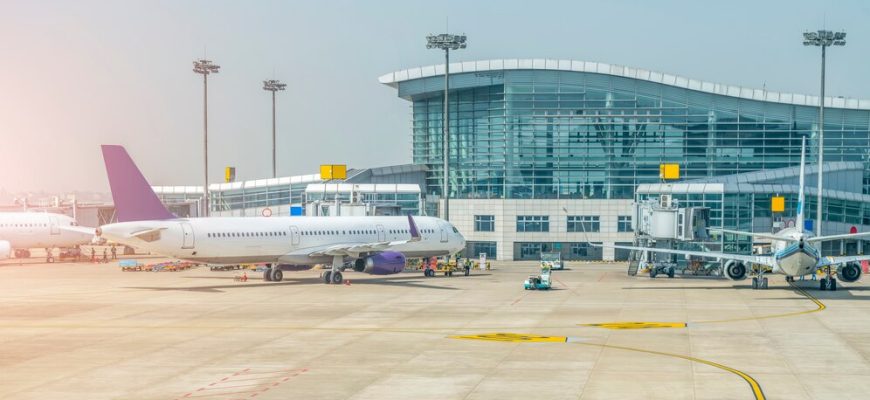India, with its vast and diverse landscape, has seen significant growth in its aviation sector in recent years. As more people travel for business and leisure, the demand for airports has surged. But have you ever wondered exactly how many airports in India are there? This article will delve into the number of airports in India and explore their distribution and significance.
Domestic Airports
India boasts a substantial number of domestic airports, facilitating connectivity within the country. As of my last knowledge update in 2022, India had approximately 136 domestic airports. These airports vary in size and capacity, with some serving major cities and others catering to smaller towns and regions. The extensive network of domestic airports plays a crucial role in boosting economic development, tourism, and connectivity across the country.
International Airports
In addition to domestic airports, India also has a considerable number of international airports that handle international flights to and from various countries. As of 2022, there were approximately 34 international airports in India. These airports serve as gateways for travellers entering and exiting the country and play a pivotal role in promoting international trade and tourism.
Customs Airports
Apart from international airports, India also has customs airports that allow for customs clearance and immigration procedures. These airports facilitate smoother international travel, making it more convenient for passengers. As of my last knowledge update, there were around 32 customs airports in India.
Defence Airports
In addition to civilian airports, India also has several airports used exclusively by the armed forces. These defence airports are strategically located and primarily serve military purposes. While they may not be accessible to the general public, they are an integral part of India’s national security infrastructure. The exact number of defence airports may change over time due to military requirements.
Greenfield Airports
In recent years, India has witnessed the development of several greenfield airports. These are airports built from scratch, often in regions with limited air connectivity. Greenfield airports are designed to accommodate growing passenger traffic and boost economic activity in their respective areas. Examples of such airports include the Kempegowda International Airport in Bengaluru and the Rajiv Gandhi International Airport in Hyderabad.
Helipads and Heliports
In addition to traditional airports, India also has numerous helipads and heliports. These facilities are essential for helicopter operations, particularly in remote and hilly regions where convectional runways may not be feasible. Helipads and heliports are vital for medical evacuation, tourism, and emergency services. The number of helipads and heliports in India varies, with many being used by government agencies, private companies, and even religious institutions.
Regional Connectivity Scheme (RCS) Airports
The Regional Connectivity Scheme (RCS), also known as UDAN (Ude Desh Ka Aam Nagrik), was launched to enhance air connectivity to underserved and unserved regions of India. Under this initiative, several airports have been developed or upgraded to improve accessibility to remote areas. These RCS airports play a crucial role in promoting regional development and tourism.
Future Expansion
India’s aviation sector continues to grow, and there are plans for further expansion. New airports are in the pipeline to cater to the increasing demand for air travel. These include Navi Mumbai International Airport, Jewar Airport in Greater Noida, and Mopa Airport in Goa, among others. Such projects aim to boost connectivity, stimulate economic growth, and provide passengers with more options.
Conclusion
To answer the question “How many airports in India are there exactly,” the answer is that there are numerous airports across the country. India’s airports, including domestic, international, customs, and regional connectivity airports, form a vital part of the country’s infrastructure. They promote economic growth, enhance connectivity, and play a significant role in India’s domestic and international relations. As the aviation sector continues to expand, India’s airports will remain crucial in shaping the nation’s future and fostering development across various sectors.









